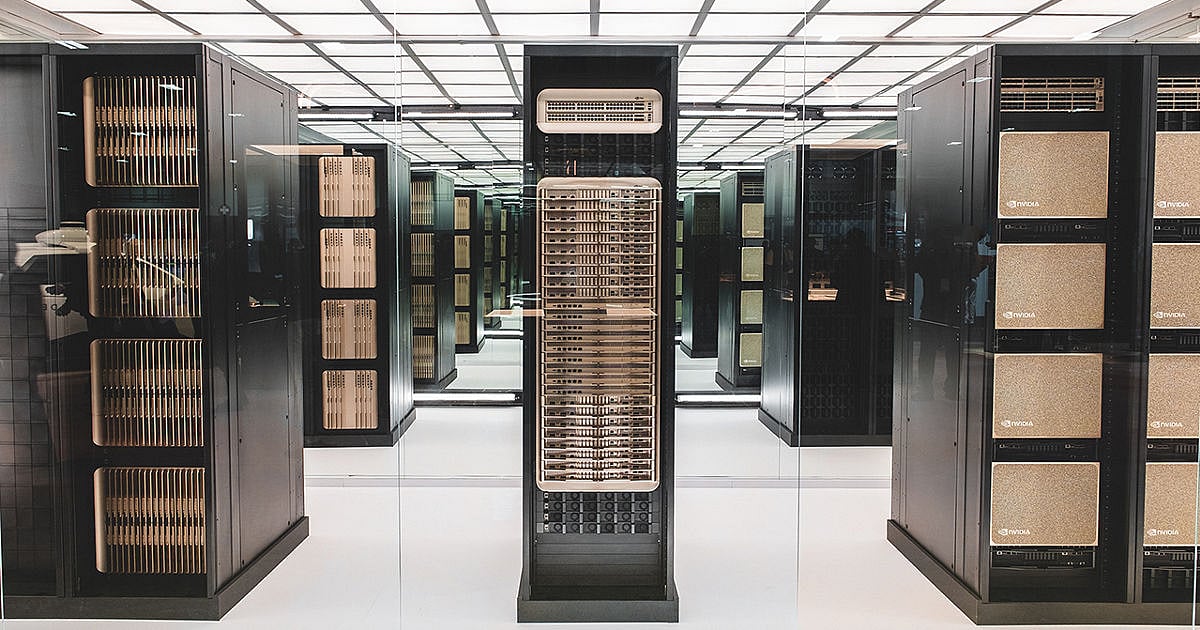
NVIDIA Q3 Revenue Surges due to AI and Gaming Boom
NVIDIA’s Q3 Revenue Surges With AI Technology and Gaming Growth
Record $57B revenue in Q3 FY2026, gaming rises 30% YoY while data-centre AI chips dominate the business landscape.
Highlights
- NVIDIA’s Q3 FY2026 revenue jumped 62% YoY, with $51.2B from data-center AI systems, reflecting massive demand for Blackwell, Grace-Blackwell, and Vera Rubin deployments.
- Powered by RTX GPUs, TensorRT for Windows ML, and strong launches like Battlefield 6, Borderlands 4, and ARC Raiders, NVIDIA’s gaming division reached $4.3B, reinforcing its dominance in PC gaming.
- NVIDIA continues its shift from GPU vendor to the backbone of global AI infrastructure, dismissing “AI bubble” concerns.
California-based tech major NVIDIA Corporation released its third quarter (Q3) revenue of Fiscal Year 2026 (FY 2026) with a record 62% growth year-over-year (YoY), and $57B revenue. The report, published on Nov. 18, 2025, shows that the company's data centre business reached $51.2B revenue, up 66% YoY and 25% quarter-over-quarter (QoQ), underscoring the dominant role of AI-infrastructure in NVIDIA’s growth trajectory.
Amid this AI-centre surge, NVIDIA’s gaming business revenue also increased 30% YoY with a revenue of $4.3B. Even though the gaming business saw a 1% decrease in QoQ revenue, the strong metric still confirms the company’s stronghold in the PC gaming sector.
Gaming Business Gains and AI Infrastructure Lead the Charge
In Q3 FY2026, the gains were aided by the RTX series GPUs, mainly, the new RTX-optimized NVIDIA TensorRT™ for Windows ML. The company also released the NVIDIA Blueprint for 3D object generation and performance boosting AI tools on RTX AI PCs.
The earnings report highlighted Borderlands 4, Battlefield 6, and ARC Raiders launch performance with NVIDIA DLSS 4 featuring Multi Frame Generation and NVIDIA Reflex, as contributors to the overall earnings. The integration of DLSS 4 in gaming PCs was a success for the company; the model is now a necessity in high-end gaming PCs.
High-end GPUs and supply chains, like Taiwan Semiconductor Manufacturing, remain intact. The reports entail that NVIDIA Blackwell achieved the highest performance. Additionally, NVIDIA states, a deployment of at least 10 gigawatts of NVIDIA systems for OpenAI, and initial adoption by Anthropic in 1 gigawatt of computing capacity with Grace Blackwell and Vera Rubin systems.
Technically, the gaming business boom is also an inverted effect of NVIDIA’s new AI and data centre-related technologies. The advancement in AI and chip-making sectors directly impacts the PC gaming technologies. The company also celebrated the silver jubilee of GeForce in Seoul’s GeForce Gamer Festival, where the company introduced the NVIDIA RTX Remix update.
For NVIDIA, Q3 FY2026 represents more than just strong numbers; the company is successfully shifting from a GPU-vendor narrative to being the backbone of global AI infrastructure, while the gaming business continues to support its broad market footprint. With remarkable revenue from the data centre segment, NVIDIA reaffirmed its view that AI demand is real and accelerating. CEO Jensen Huang proclaimed that even though there have been talks about “AI Bubble,” “from our vantage point, we see something different.”

Author
Kamalikaa Biswas is a content writer at Outlook Respawn specializing in pop culture. She holds a Master's in English Literature from University of Delhi and leverages her media industry experience to deliver insightful content on the latest youth culture trends.
Related Articles






